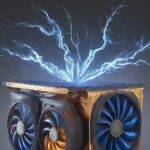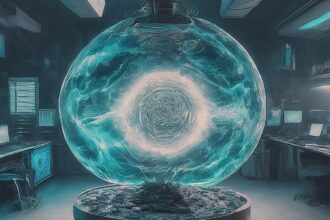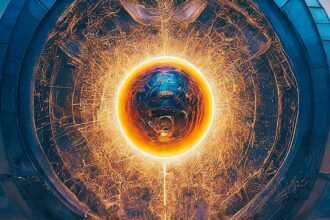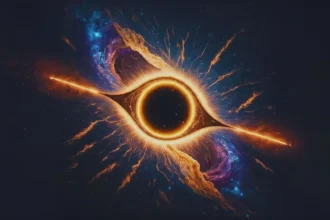NASA has bold plans to make a long-term home on the Moon. But to make those plans work, they need a steady and reliable source of power. That’s where nuclear reactors come in. NASA is betting on using them instead of the more common solar energy and here’s why:
The Night is Dark and Full of… No Power
The Moon might look bright, but there’s one big difference between sunlight on the Moon and here on Earth – the lunar night. One night on the Moon lasts about 14 Earth days. That’s two weeks without any sunlight! Solar panels won’t work in the dark, so those long nights present a big challenge for a permanent moon base.
Nuclear Power: It Just Keeps Going
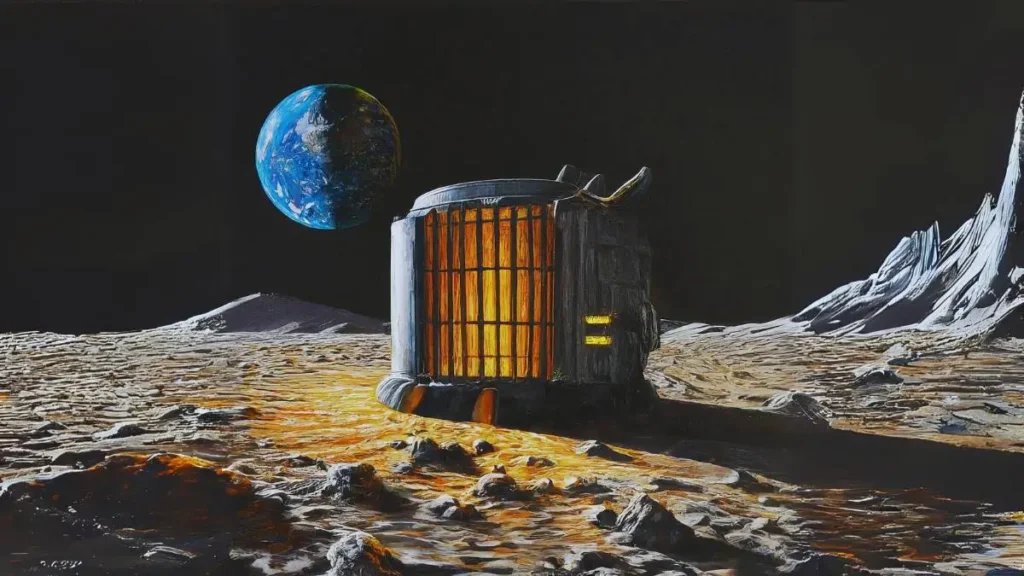
Unlike solar panels, a nuclear reactor provides power all day, every day – whether the sun is out or not. It’s like a steady electric heartbeat. These reactors use a process called fission, where atoms are split, releasing massive amounts of energy. While there are concerns about safety, this technology can provide the dependable power necessary for a successful moon base.
Cold, Dark Places
NASA wants to explore parts of the Moon that are always in shadow, like the insides of craters at the poles. These might be great places to find water ice, which could be essential for the survival and success of lunar research and exploration. However, solar panels simply can’t function in constant darkness. A nuclear reactor offers the best shot at keeping the lights on (and the water flowing) in the Moon’s darkest corners.
It’s Not Just About Lights
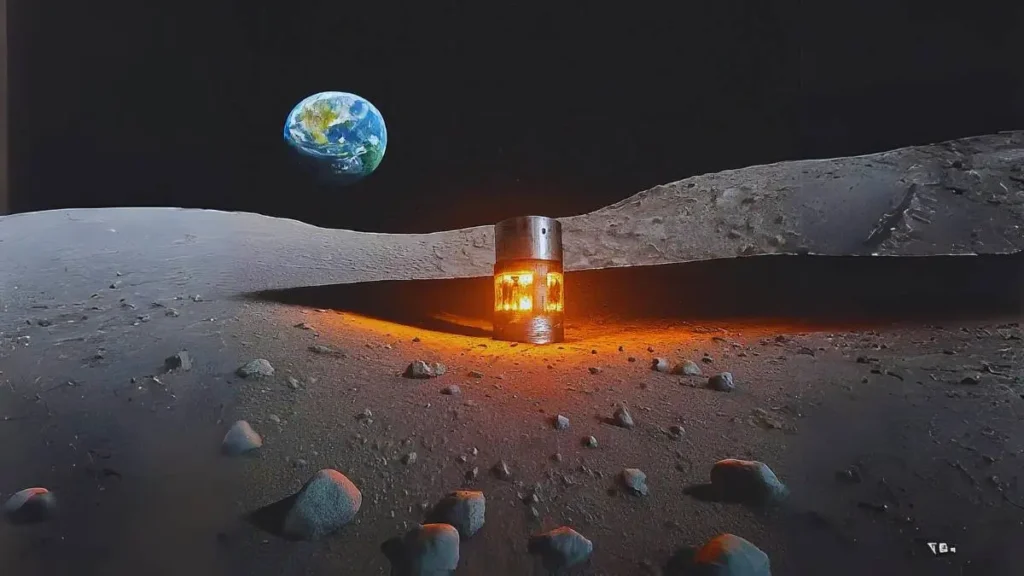
A moon base isn’t just a place to sleep. It’s a research center, a home for astronauts, and a possible launchpad for further space exploration. All of this requires a lot of power – power for heating, making oxygen, and running machinery. A powerful nuclear reactor would provide more than enough juice to handle these critical tasks.
Challenges Ahead
There are big hurdles to overcome, of course. Sending a nuclear reactor to the Moon is no small task. Safety is a huge concern, both in the launch process and during operation. Nuclear reactors on Earth have faced accidents in the past, and any similar incidents on the Moon could be disastrous. It’s one reason NASA is intensely evaluating ways to minimize these risks.
The Dawn of the Lunar Nuclear Age
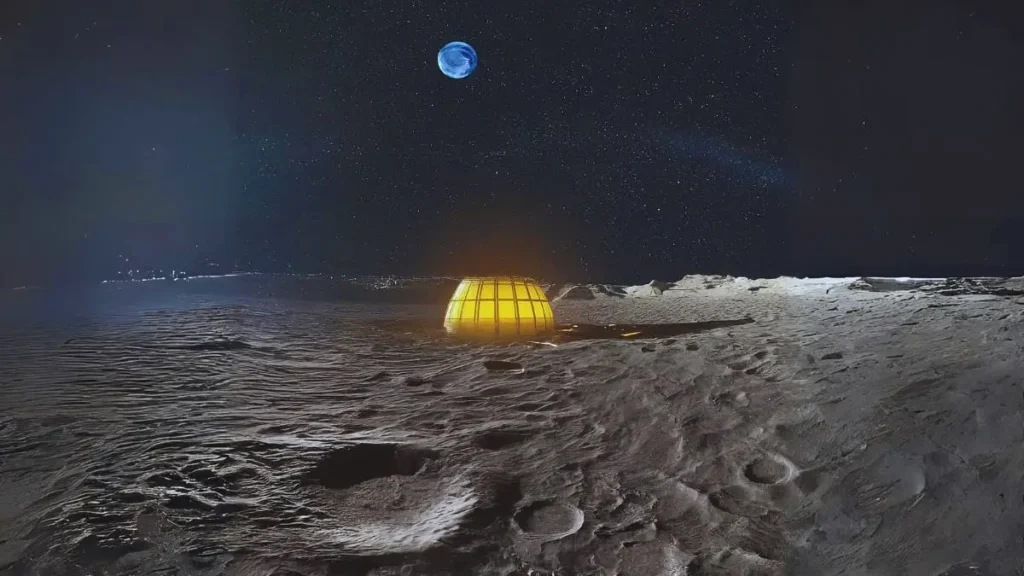
NASA is aiming to test a small nuclear reactor on the Moon as early as the late 2020s. If successful, these portable power plants could open up endless possibilities for exploration. Building on the Moon could lead to further missions to Mars and beyond! Solar energy will likely still play a role on the Moon, especially for things like rovers that can move around to reach sunny spots. However, the dream of a ‘lunar city’ might depend on the reliable glow of nuclear power.



